
CARDINAL BEETLE
(May)
Cardinal beetles or Fire-coloured beetles (Pyrochroidae) are a small family, with 150 species, three of which are European. Adult beetles are usually 14–18mm in length, flattened and soft bodied, with elytra (wing cases) that broaden noticeably towards the rear of the body.
Elytra are red or reddish orange, hence the scientific name (in Greek, pyr = fire and chros = body). The head narrows at the rear, giving the appearance of a broad ‘neck’. Photograph 1 shows a female Pyrochroa Serraticornis on a nettle leaf at the edge of Gorse Covert wood in late May 2008. This species is rarer and slightly smaller than Pyrochroa Coccinea, which has a black head.
Sexes are similar but have different antennae – the female has more
slender, serrate (combed) antennae whereas the male has feathery antennae.
Cardinal beetles fly in May and June on sunny days, mainly in clearings, near footpaths, usually at the edge of vegetation. They feed on sweet fluids so can be found on fresh birch stumps discharging sap or on leaves with aphid honey-dew on the surface. They visit flowers of various shrubs e.g. hawthorn or herbaceous plants such as Umbillifers e.g. Hedge Parsley.

The larvae (Photograph 2) develop under the bark of old, dry deciduous trees, old stumps and trunks felled some time previously (plenty of these habitats in Gorse Covert!).
The flattened body of the larva enables it to crawl in tunnels under the bark where it is a predator on various insects including the larvae of bark beetles. It can also feed on fungal threads and can display cannibalism when food is in short supply.
The larva pupates in spring in an excavated chamber.





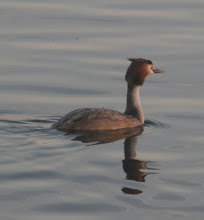
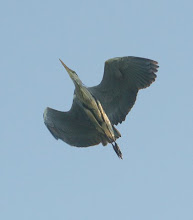
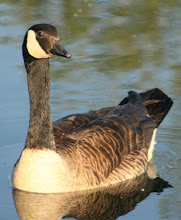
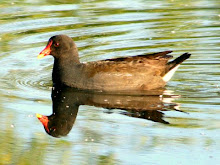
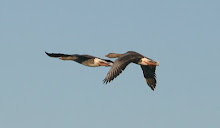
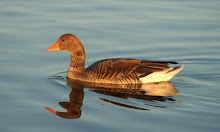

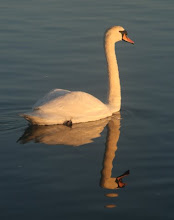
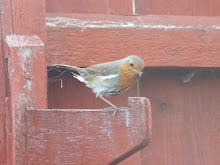
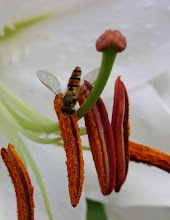
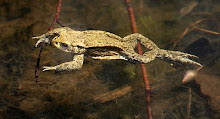



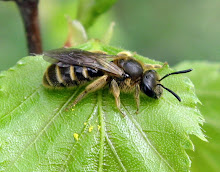
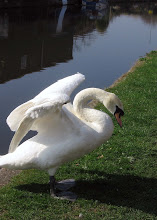
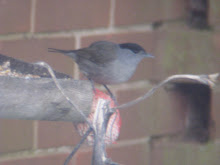
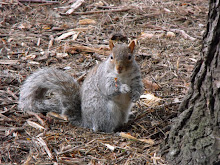
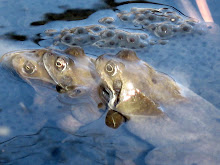
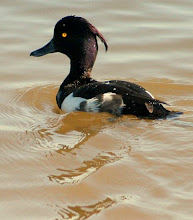
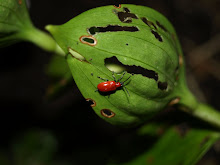
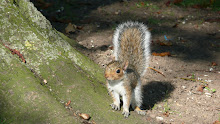
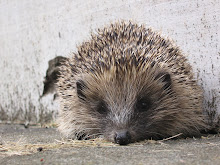
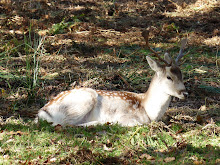
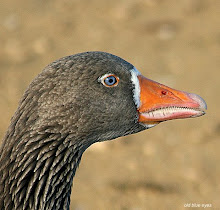
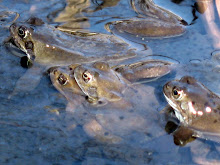
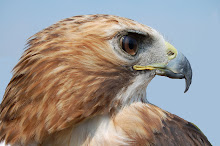
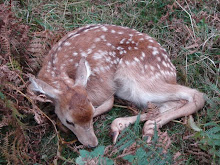






















No comments:
Post a Comment